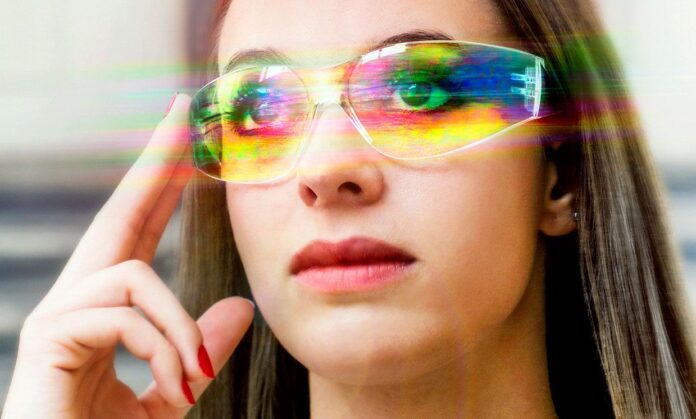The technology for augmented reality (AR) and virtual reality is advancing rapidly, with many different ways to enjoy the experience. One of these is oculus quest prescription lenses inserted for VR headsets, followed by wearable VR accessories. Get the lowdown on exactly what these prescriptions can do – and how they might affect the future of AR!
The next big thing in eyewear
Eye wearable apps are a trend that is predicted to grow significantly in the next few years. It seems as if we already live in an exciting future where eyewear can be used for more than just projecting our screens on the world. The lenses have been shown to have a future with augmented reality – which lets us be entertained by abstract layers of new realities overlaying our own real world views.
Potential uses for futuristic lenses
When augmented reality (AR) becomes mainstream, wearable AR glasses and lenses will be a natural complement for your smart phone. Right now, these devices are still expensive and delicate. However, with the rise in innovative technologies, an exciting future is ahead for cutting-edge tech like these.
The future of retinal implants and AR
The futuristic lenses make it possible to take on-the-spot measurements of the wearer’s physiology. These on-the-spot measurement can be taken in 10 seconds, which is significantly faster than current methods. The way these measurements are displayed makes AR even more engaging and immersive than ever before
What are some existing lenses and does their quality compare?
Since the beginning of the creation of augmented reality technology, people have been trying to work out what kind of lens should be used. Many companies and university researchers have appeared to create different lenses with different qualities. The lenses should be lightweight, but also protect the eyes from damaging light while virtual objects are being shown.
List of popular AR headsets released to date
The wearable augmented reality (AR) headsets mentioned above are the latest developments in the virtual world. These futuristic lenses are perfect for adding a fun dimension to an everyday task. Some of the best AR glasses on the market today (manufactured by Google and Microsoft) offer 3D photography, AR games, GPS navigation systems, video calling, messaging and more.
Some samples of 3D printed prototypes for goggles
These prototypes were created by Kolbe & Gray, a small but ambitious design firm. The goggles are customizable and can be printed with various lenses. This then allows people to customize the frame of their GoPro to match the color of their favourite football team, for example. In addition, these prototypes will not only create enhanced streaming for computer screen users, but it may also allow scientists to experiment on what is projected without having to put on any gear themselves.
Conclusion
Wearables are all the rage, but not nearly as popular as augmented reality and virtual reality systems. As a result, developers wanting to use our modern cameras for AR/VR have been fighting an uphill battle. One of the main challenges is that there is no small backside-illuminated sensor available on modern HD camera modules. In other words, when it comes to high-resolution AR and VR experiences today, most projects have been limited by having to add a bulky external sensor or a more difficult process like stitching images together in post-processing software.











